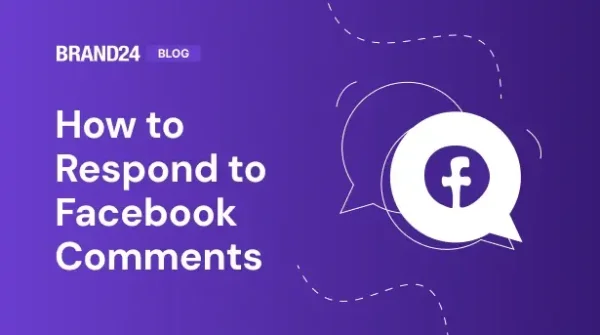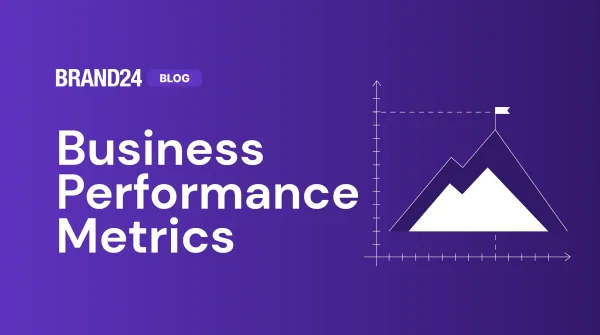Customer Engagement Strategies, Pt 1: User-Generated Content (Examples)
Customer engagement strategies that feature user-generated content (examples, below) are a clever way for businesses to build customer relationships.
And strong customer relationships are a very necessary part of increasing customer loyalty.
According to various studies, the cost of retaining an existing customer is 5x – 25x LESS expensive compared with that of acquiring a new customer.
Different studies may provide different statistics, but they ALL agree that customer retention is less expensive than customer acquisition.
That’s why customer engagement strategies are so important to your brand.
There are a few different approaches to this, but when you build customer relationships with user generated content, examples like those below show that you also increase user engagement, maintain interest from existing customers, and draw attention to your brand from new customers.
Here are a few cases where brands really know how to feature user-generated content (examples, below) in their customer engagement strategies.
Customer engagement strategies featuring user-generated content: examples from an enterprise & a company
User generated content, examples from the enterprise – Unilever Dove
Most of us can easily distinguish between an advertisement for Unilever Dove and any other skincare brand.
They’ve cornered the market on #RealBeauty.
Unilever Dove advertisements feature models that are beautiful, but not in the stereotypical cookie-cutter way that we see in other brands.
Their diversity (skin color, body type, ethnicity, age, etc) stands out against a sea of blue-eyed blondes.
And Dove invites its customers to celebrate these differences even further with successful campaigns like #BeautyStory.
The story behind the #BeautyStory campaign is based on a letter that Dove received from a customer.
A customer’s family had been using the Dove Beauty Bar for generations, and wrote the brand to thank them for what they considered to be their best-kept family beauty secret. Enclosed was a picture of 4 generations of devout Beauty Bar fans, featuring daughters, mothers, grandmothers, and great-grandmothers.
This was the story behind Dove’s user-generated content campaign, #BeautyStory.
The customer’s letter showed Dove that:
- Dove had great customer loyalty, meaning that many of the customers were growing old with them. They were no longer teens, but Mothers and Grandmothers with daughters of their own.
- Mothers hold considerable influence over the beauty and skincare products that their daughters choose.
And that’s how #BeautyStory was born.
In the following days leading up to Mother’s Day, Dove collected user-generated content (examples were often sentimental) by asking their customers to send in photos of their mothers with beauty tips that they had passed down to them.
The user-generated content (examples, like the ones above and below) were then featured in a gallery on the Dove website, and shared in their social channels.
User-generated content (examples, above) poured in, creating opportunities for Dove to engage in conversations with their customers.
How did user-generated content (examples taken from #BeautyStory) help Dove with their customer engagement strategies? By helping them build strong customer relationships.
- Through involving family, Dove made an emotional connection with its audience.
- User-generated content (examples above) shared on Dove’s social media channels were a smart customer engagement strategy because they encouraged Dove customers to openly interact with the brand.
- Most of the conversations that Dove engaged in were with Mothers, and as we already know, Mothers hold direct influence over the beauty and skincare products that their daughters choose.
An important bonus from this user-generated content (examples from #BeautyStory):
They presented Dove with insights about the different ideas of beauty that their customers and brand advocates held, which is what would shape their next campaign: #RealBeauty (also featuring user-generated content).
User-generated content, examples from a company: Free People
Now, if you’re a giant, well-established enterprise known around the world (like Unilever Dove), it won’t be so difficult to generate interest in your campaign and have user-generated content pouring in by the buckets.
If you’re a smaller or mid-size brand, you may need to take a different approach.
Free people, for example, is no stranger to user-generated content.
Just a couple years ago, they created FPMe, which features user generated content (examples for #FPMe like the one below) in their on-line community.
https://www.instagram.com/p/BZPQXh8B1m7/?tagged=fpme
Customers submitted photos of themselves wearing Free People via the #FPMe hashtag, and viewers were able to shop for Free People fashions directly from these photos.
The e-commerce retailer decided to make user-generated content a staple in their marketing strategies based on hard data. Their records showed a 42% increase in same-session conversions (purchase is made) when photos of their customers actually wearing the product were available directly on the product page.
Aside from user-generated content (examples like the one above) in the form of hashtagged images, Free People is also known for having their fans contribute content on their blog.
Pros of having fans contribute content:
- They already know your brand.
- They already love your brand.
- They already know your product(s).
- As fans and contributors, they will automatically be engaged with the content and willingly share with their own on-line communities.
Main con of having fans contribute content:
- It can be difficult to find the right person to produce engaging content for your brand (but not impossible).
The most effective way to do this is by choosing the right fans. Do this by going through existing user-generated content (examples like the one above) on the web to find the perfect brand advocates who match the voice of your brand.
The right tools can save time and make this a lot easier.
If you already have your own social listening tool, set up a social listening project for your brand to find the best user-generated content examples. Brand24 is a highly recommended social listening tool to start with.
How to find engaging user-generated content (examples with images & guide, below):
Step 1. Set up a project to monitor your brand and any branded hashtags.
Step 2. You’ll be taken to your dashboard, which displays all on-line mentions containing your keywords. In this case, that’s your brand and branded hashtags – but you can monitor anything with social listening, even industry competitors, your weaknesses, or your ex.
Head to the Analysis tab to find the most engaging user generated content.
Step 3. From the Analysis tab, look over the results listed under The Most Popular Mentions.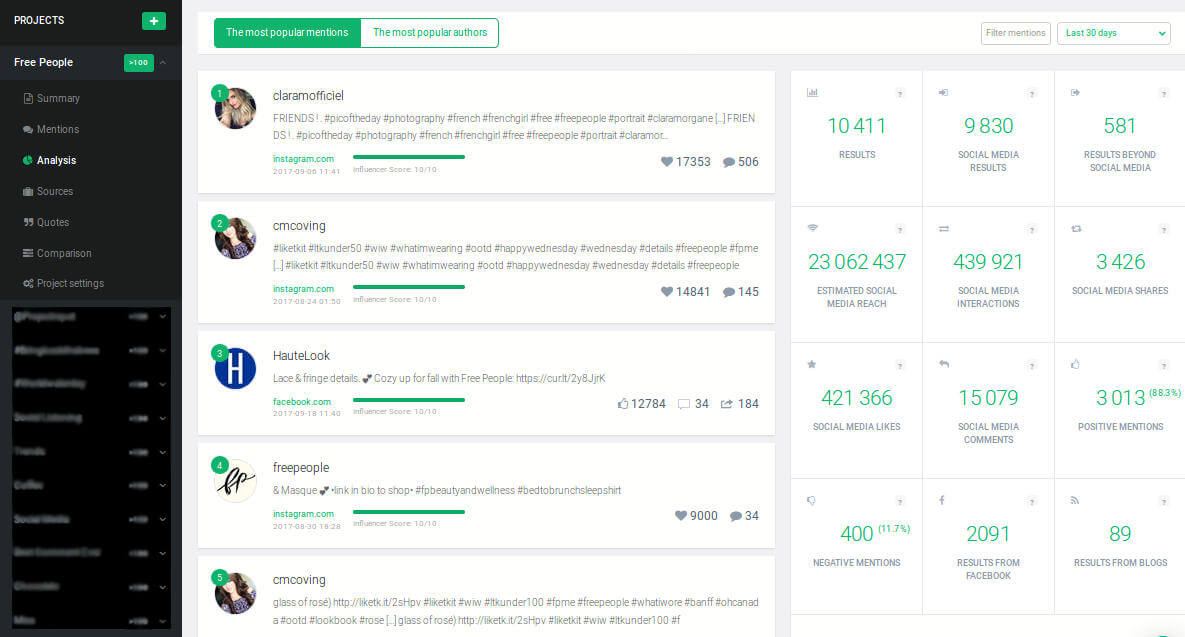
Does the style of the user-generated content for any particular profile from the list match your brand image?
If the answer’s yes, you may have just found your next contributor and brand advocate!
Whether you want to find your brand advocates/contributors and amazing user-generated content (examples from Dove & Free People, above), or use social listening to find the platforms that your customers are visiting, gauge/manage your brand reputation, and track competitors, Brand24 is a highly recommended social listening tool that’s free to try!
Related articles

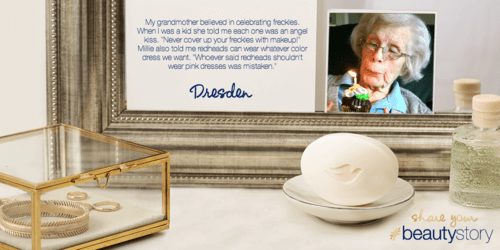
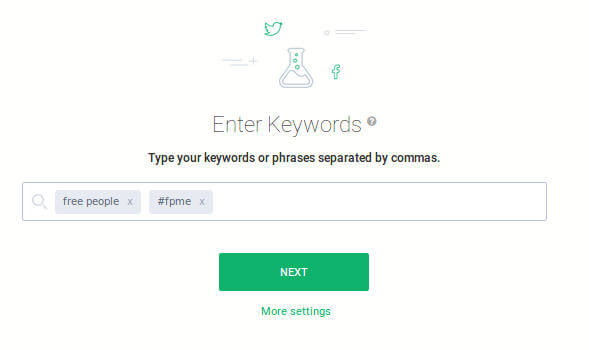

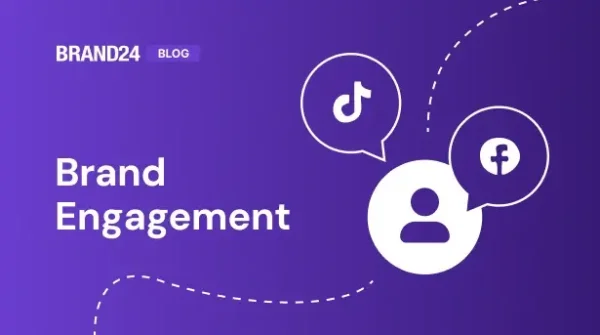
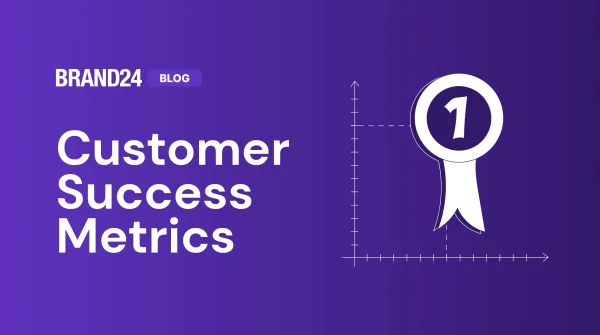
![How Can Social Media Listening Increase Customer Advocacy? [4 Proven Ways]](https://brand24.com/blog/app/uploads/2025/03/social_media_listening_customer_advocacy_business_strategy_blog_cover_615x345-600x335.webp)
![Duolingo Social Media Strategy: How Effective is it? Report [2025]](https://brand24.com/blog/app/uploads/2025/03/duolingo_digital_marketing_blog_cover_615x345-1-600x335.webp)
